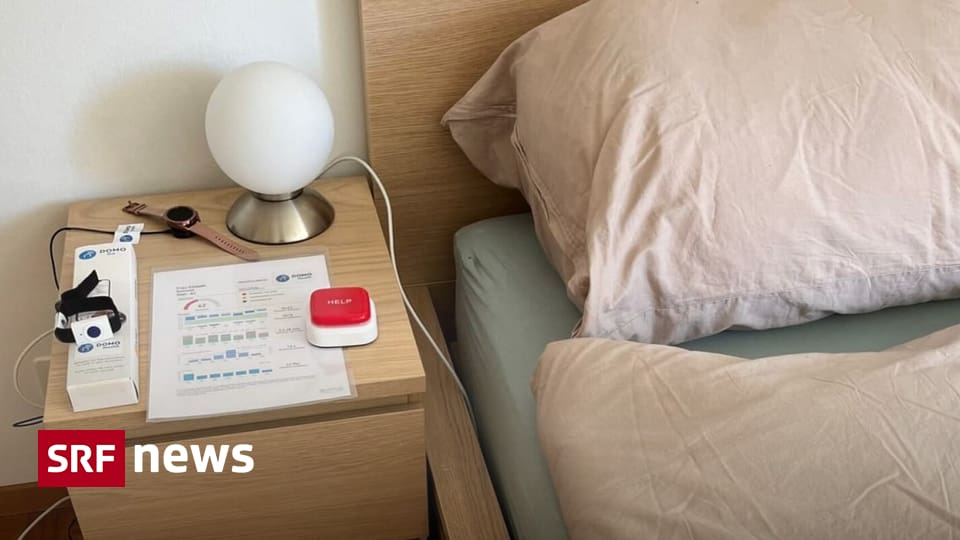Robot grippers are often overlooked when picking the proper end-of-arm tool for modern businesses. Contrary to popular belief, there is no one-size-fits-all solution in gripper technology, so it is essential for people considering robotic integration to be conversant with the different types of EOAT.
Although rarely talked about, the robot gripper is a critical component in robotics and is the difference between effective handling and poor performance.
A robot gripper is the only part of the robotic system that has direct contact with to workpiece. Material handling is at the mercy of your gripper. This end-of-arm tool helps prevent component damage and ensures proper placement.
What You Need To Know
Robot Gripper Technology Overview:
Robot grippers are critical components because they provide a means for robots to grip, assemble, pick and place objects. Without these capabilities, robots would be useless in manufacturing and assembly circles.
The evolution of robot grippers has been immense over the last half-century, with technological advancement making them an indispensable part of modern industry. Grippers today offer more flexibility, better precision, limber mechanical motion, and more degrees of freedom. This EOAT also facilitates more advanced handling in tight spaces and a fair touch where delicate parts are involved.
Unlike the original robotic arm developed in the 60s, robot gripper technology has only been around for about 30 years. This rapid growth has been primarily due to the need for faster delivery and a better-finished product.
From the two-finger angular gripper in the late ’70s to the three-finger grasper in the 80s, modern grippers now have fingers with flexible joints for better versatility. The limber joints allow these grippers to adapt to various shapes and sizes, making them convenient for numerous applications on factory floors.
This flexibility also means you have a lower rate of tooling change over and higher gripping power. To some extent, this feature also translates to a higher payload as the robot gripper can effectively balance part weight to get an even distribution of stress.
Misconceptions About Robot Grippers
There are plenty of forums online that offer conflicting reviews on grippers and how they work. While it is pivotal to consider consumer advice, it is ill-advised to take it as the gospel truth. While most consumer reviews are based on experience, there are scenarios where some users used the wrong gripper and gave it a harsh rating.
For this reason, it is crucial to have some common facts about robot grippers and how best to find the most suitable EOAT for your business.
You can Use Any Robot Gripper
This point is the most common misconception in gripper technology. More time is spent researching robots than finding a gripper that can produce the quality required. Remember that the gripper is as critical as the robotic system and it will have a significant impact on the result. Case in point: a gripper used for picking and dropping metal waste cannot perform intricate orthopedic surgery.
Some grippers are designed for high volume repetitive work-some are for precision and accuracy. Remember that your gripper is the only part of the robotic system that comes into direct contact with your workpiece, so try to ensure you choose the right one.
More Dexterity Equals Better Control
Another misconception is that more fingers increase accuracy and level of control. While this may be true in some circles, it has the opposite effect in industrial ranks. More fingers mean more complex programming, which means that your robot will be limited to only a few general applications. A two-finger grasper will offer more control, better stability, and programming compared to an octopus gripper.
The more fingers a gripper has, the harder it is to manipulate objects and perform at an optimal scale.
A Gripper’s Only Function is to Grip
While the primary function is to grip, modern varieties are equipped with sensors that allow these EOATs to center workpieces, package, open and close where necessary and even hold other tools. Grippers can also be programmed to puncture, fabricate, detect and rectify errors using multiple sensors. Depending on your needs, a robot gripper can perform many different tasks.
Speed is the Most Important Property
Again, this boils down to why you are using a particular gripper. While most grippers increase production, some varieties require precision rather than speed. When looking for a gripper, establish which property best suits you. Speed is an important quality, but it is not the most useful where accuracy is the primary focus.
Grippers can Handle Everything
Grippers are very specific, and although they can handle many tasks, they can not do everything. Remember that there is no one-size-fits-all in gripper technology, and you can’t expect a precision EOAT to perform a simple pick and place function. Grippers have different designs for different tasks. Pick a gripper based on your specific needs.
Quality Robot Grippers are Brand Specific
One of the oldest and most toxic misconceptions in utility tools is that only specific brands produce quality equipment. This premise usually occurs when a company has been a top brand for a long time and has established a monopoly in particular areas. Big-name brands are the largest beneficiaries in such cases, with smaller companies overlooked despite offering cheaper pricing and better quality.
Most times, smaller brands offer better operational value and better functionality. It is crucial to ensure you don’t purchase a robot gripper on a brand basis. Focus on functionality and suitability-don’t just buy an EOAT brand because it is a market favorite.
Final Thoughts
Integration of automated manufacturing is becoming cheaper and more accessible to retailers and consumers. More people now have access to utility collaborative robots. This number is expected to rise by 50% annually from 2022.
The increase in task-specific EOAT development has also led to increased robot purchases by up to 20%. This increased breadth in robot gripper technology is now becoming a driving force in integrating robots into more complex operations in the future.

“Amateur introvert. Reader. Coffee aficionado. Professional music maven. Bacon practitioner. Freelance travel nerd. Proud internet scholar.”





More Stories
Choosing the Right Quality Management Software for Your Industry
If guests bring items: Can shower gel be packed from the hotel?
Digital Technologies for the Elderly: Increasing Aging at Home – News